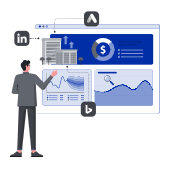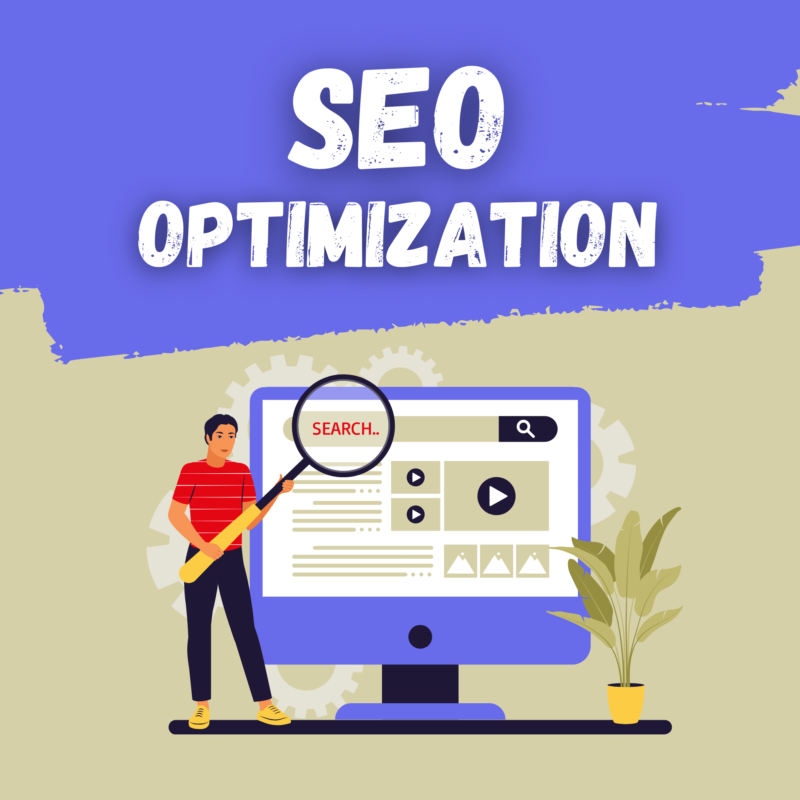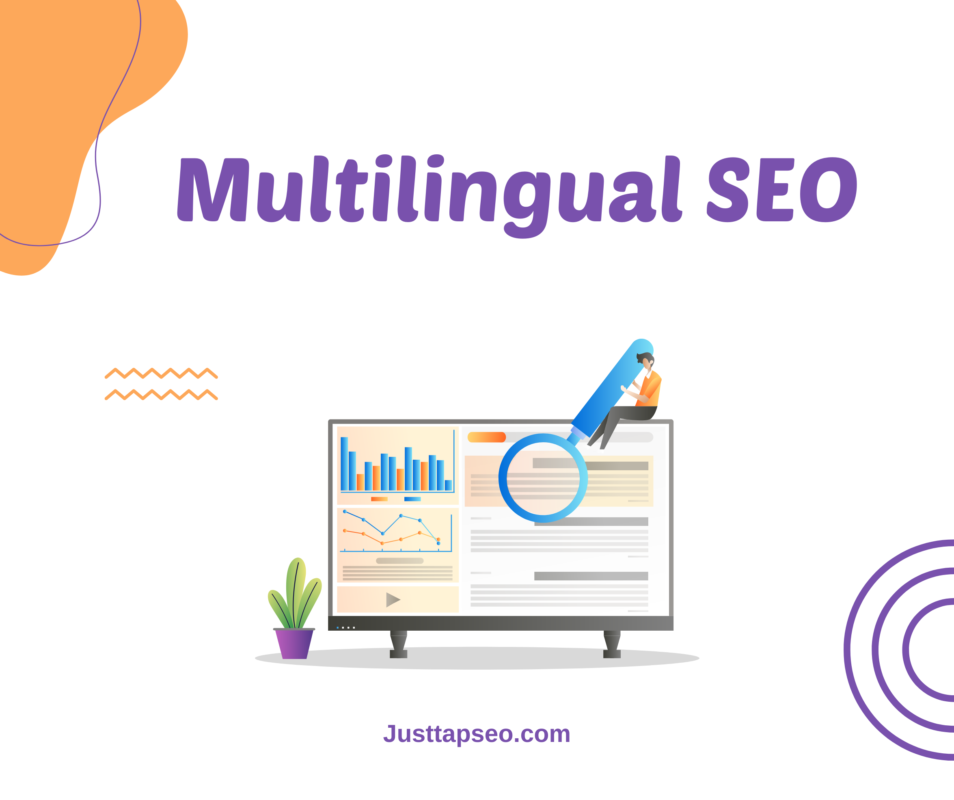Discover the role of hreflang tags in multilingual SEO. Learn how to implement them correctly and avoid common mistakes to optimize your website for global success.
When it comes to multilingual SEO, hreflang tags are one of the most powerful tools in your arsenal. These tiny pieces of code play a crucial role in helping search engines understand which language and region your content is targeting. Without them, your multilingual website could face indexing issues, duplicate content penalties, and poor user experiences.
In this blog, we’ll explore the role of hreflang tags in multilingual SEO, how to implement them correctly, and common mistakes to avoid. Whether you’re targeting the USA, China, or other regions, this guide will help you optimize your website for global success. Let’s dive in!
What Are Hreflang Tags?
Hreflang tags are HTML attributes that tell search engines the language and geographic targeting of a webpage. They help ensure that users see the correct version of your site based on their language and location.
Example of an Hreflang Tag:
<link rel=”alternate” hreflang=”en-us” href=”https://www.example.com/us/” />
<link rel=”alternate” hreflang=”zh-cn” href=”https://www.example.com/cn/” />
In this example:
- en-us targets English-speaking users in the USA.
- zh-cn targets Mandarin-speaking users in China.
Why Hreflang Tags Are Essential for Multilingual SEO
Hreflang tags play a critical role in multilingual SEO for several reasons:
1. Prevent Duplicate Content Issues
Search engines like Google penalize duplicate content. Hreflang tags help clarify that similar content in different languages is intentional, not duplicate.
2. Improve User Experience
Users are more likely to engage with content in their native language. Hreflang tags ensure they see the right version of your site.
3. Boost Search Engine Rankings
By helping search engines understand your content’s language and region, hreflang tags can improve your rankings in local search results.
How to Implement Hreflang Tags
Implementing hreflang tags correctly is crucial for their effectiveness. Here’s a step-by-step guide:
Step 1: Identify Your Target Languages and Regions
Decide which languages and regions you want to target. For example:
- en-us for English-speaking users in the USA.
- zh-cn for Mandarin-speaking users in China.
Step 2: Add Hreflang Tags to Your HTML
Include hreflang tags in the <head> section of your HTML. Here’s an example:
<link rel=”alternate” hreflang=”en-us” href=”https://www.example.com/us/” />
<link rel=”alternate” hreflang=”zh-cn” href=”https://www.example.com/cn/” />
Step 3: Use Self-Referencing Hreflang Tags
Each page should include a self-referencing hreflang tag. For example, the US English page should include:
<link rel=”alternate” hreflang=”en-us” href=”https://www.example.com/us/” />
Step 4: Submit XML Sitemaps
Submit separate XML sitemaps for each language version to Google Search Console and Baidu Webmaster Tools. This helps search engines crawl and index your site more efficiently.
Common Hreflang Tag Mistakes to Avoid
Even small errors can render hreflang tags ineffective. Here are some common mistakes and how to avoid them:
1. Incorrect Language or Region Codes
Using the wrong codes can confuse search engines. For example:
- Use en-us for English (USA), not just en.
- Use zh-cn for Mandarin (China), not just zh.
2. Missing Self-Referencing Tags
Each page must include a self-referencing hreflang tag. Without it, search engines may not recognize the page’s language and region.
3. Inconsistent URLs
Ensure all URLs in your hreflang tags are correct and consistent. Broken or mismatched URLs can lead to indexing issues.
4. Ignoring Regional Variations
Don’t forget to account for regional variations. For example:
- en-gb for English (UK).
- es-es for Spanish (Spain).
Tools to Help with Hreflang Tags
Here are some tools to simplify the implementation and monitoring of hreflang tags:
1. Google Search Console
- Monitor your hreflang tags for errors.
- Submit XML sitemaps for each language version.
2. Screaming Frog
- Crawl your website to identify hreflang tag issues.
- Generate reports for easy troubleshooting.
3. Hreflang Tags Generator
- Use online tools like Hreflang Tags Generator to create accurate hreflang tags.
Best Practices for Using Hreflang Tags
To get the most out of hreflang tags, follow these best practices:
1. Use Absolute URLs
Always use absolute URLs (full URLs) in your hreflang tags. For example:
<link rel=”alternate” hreflang=”en-us” href=”https://www.example.com/us/” />
2. Include a Default Version
Specify a default version for users who don’t match any of your targeted languages or regions. For example:
<link rel=”alternate” hreflang=”x-default” href=”https://www.example.com/” />
3. Regularly Audit Your Tags
Use tools like Screaming Frog or Google Search Console to regularly check for errors and inconsistencies.
The Impact of Hreflang Tags on Multilingual SEO
When implemented correctly, hreflang tags can have a significant impact on your multilingual SEO efforts:
1. Improved Rankings
By helping search engines understand your content’s language and region, hreflang tags can boost your rankings in local search results.
2. Better User Experience
Users are more likely to engage with content in their native language, leading to higher engagement and conversions.
3. Reduced Duplicate Content Issues
Hreflang tags clarify that similar content in different languages is intentional, not duplicated.
Conclusion
Hreflang tags are a cornerstone of multilingual SEO. They help search engines understand your content’s language and region, ensuring users see the correct version of your site. By implementing hreflang tags correctly and avoiding common mistakes, you can improve your rankings, enhance user experience, and grow your global audience.
Remember, multilingual SEO is a long-term investment. Stay consistent, monitor your progress, and adapt as needed. With the right approach, you can dominate global search engines and achieve international success. You can contact us for a Multilingual SEO plan; we will handle everything for you.


















